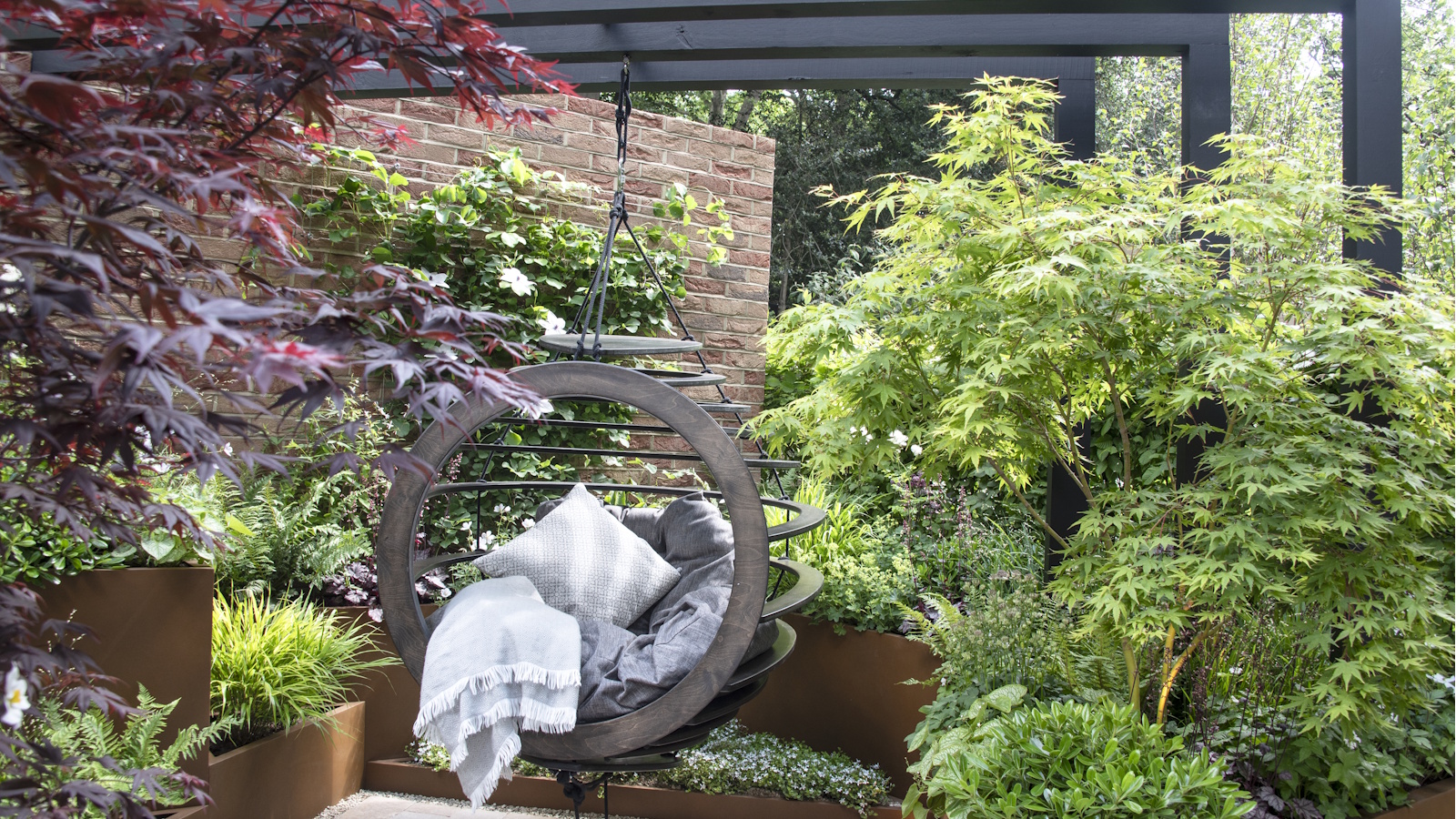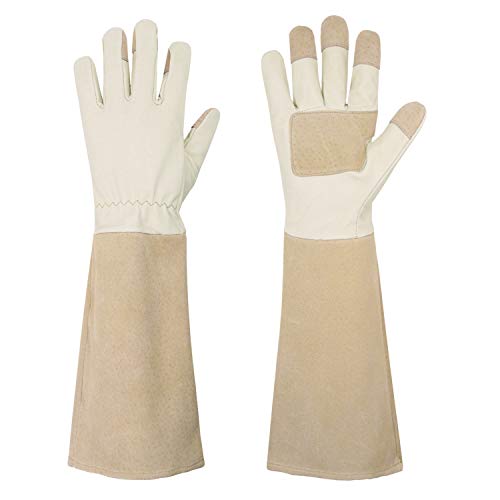If your Japanese maple tree leaves are turning green, this is the likely cause – and it takes very little effort to fix
Environmental and seasonal factors can impact the pigment of your acer


One of my favorite things about sharing a love for gardening with my dad is our passing on of notes and lessons. I'll often turn to him for some advice and he likewise calls on me if something isn't quite going right in his yard. Take his red Japanese maple tree, for example. He recently called me to say it had mysteriously turned green after just a few months of adding it to his garden.
Acers, or Japanese maple trees, are loved for many reasons, one being they come in a wide range of colors and variegations. That's why we were disappointed to watch my dad's beautiful wine-red acer turn green. However, some research into caring for more colorful varieties of Japanese maples led to a logical explanation: it had been growing in too little light.
As soon as we made some lighting adjustments, we watched growth appear in that red shade we had longed for. But, it turns out light isn't the only factor behind Japanese maple tree leaves turning green. Here's what you need to know and how to fix the problem.
Why are my Japanese maple tree leaves turning green?

While it isn't necessarily possible to change the color of Japanese maples, it's true you will watch your acer loose its color and turn green in certain growing conditions.
The main cause of this problem is too little light, which was behind my dad's Japanese maple tree leaves turning green.
Just like variegated indoor plants, plants with colorful foliage need plenty of sunlight to maintain their vibrant hues. This is because sunlight aids the production of pigments like anthocyanins (responsible for red and purple tones commonly found on Japanese maples).
In my dad's garden, the Japanese maple tree was originally located in a partially shaded border, with surrounding trees also casting shade on it.
Design expertise in your inbox – from inspiring decorating ideas and beautiful celebrity homes to practical gardening advice and shopping round-ups.
While Japanese maple trees can grow fine in shade, those with pigment benefit from around six to eight hours of sunlight each day. Without this, the leaves will turn green, which is sometimes referred to as bronzing. At the same time, a direct sun exposure can result in leaf scorch, so it's often best to protect acers from intense afternoon sun.
For this reason, we moved my dad's acer into a sunnier position, as it's a Japanese maple in a pot. It then didn't take long for new growth to appear red again.
If your Japanese maple tree is not in a container and is in a more permanent position, consider pruning surrounding tree branches that are casting shade onto it to create more sunlight exposure.
You'll need essential pruning tools to do this, like these loppers from Amazon.
Temperature can also affect foliage color

Insufficient lighting isn't the only thing that can result in Japanese maple tree leaves turning green, it can also be apart of seasonal changes.
This is because higher temperatures can speed up the tree's metabolism, using up natural sugars faster than they are being produced. These natural sugars contribute to the production of the pigments, resulting in fading hues.
For this reason, it's not uncommon for a red Japanese maple tree to turn green in the hotter days of summer. It's likely to then return to red hues as temperatures lower again, which actually makes acers one of the best trees for fall color.
So, if your Japanese maple tree is located somewhere with plenty of bright daylight, but it's still turning green, it may just be down to seasonal temperatures.
You can mulch your Japanese maple tree in summer to help manage this, which will seal in moisture and encourage later fall color.
Other signs your acer is affected by higher temperatures is your Japanese maple tree turning brown. If this is the case, carefully prune away damaged foliage and increase watering to keep your tree hydrated. Use this soil moisture meter from Amazon to ensure you don't oversaturate roots, however.
FAQs
Can fertilizer help maintain Japanese maple tree color?
Fertilizer alone can't maintain the color of your Japanese maple tree, but it can impact it. For example, using a nitrogen-rich fertilizer can encourage more green growth, reducing the red and purple tones of foliage. At the same time, using the right fertilizer (like this Japanese maple tree fertilizer from Amazon) can support the overall health of your acer, contributing to its vibrant colors.
If your Japanese maple tree has turned green alongside other problems, such as suffering from disease and having dead branches, it might just be that you need to revive your old Japanese maple tree. You should likewise protect your Japanese maple tree in winter to encourage another year of healthy growth when the temperatures warm up again.
Shop gardening accessories

Tenielle is a Gardens Content Editor at Homes & Gardens. She holds a qualification in MA Magazine Journalism and has over six years of journalistic experience. Before coming to Homes & Gardens, Tenielle was in the editorial department at the Royal Horticultural Society and worked on The Garden magazine. As our in-house houseplant expert, Tenielle writes on a range of solutions to houseplant problems, as well as other 'how to' guides, inspiring garden projects, and the latest gardening news. When she isn't writing, Tenielle can be found propagating her ever-growing collection of indoor plants, helping others overcome common houseplant pests and diseases, volunteering at a local gardening club, and attending gardening workshops, like a composting masterclass.


